
In the dynamic world of engineering simulations, PyAnsys is revolutionizing how professionals, researchers, and students harness the power of Ansys software. As a Python-based interface, PyAnsys seamlessly combines Python’s flexibility with Ansys’s industry-leading simulation capabilities.
PyAnsys is an open-source ecosystem of Python libraries and tools developed by ANSYS, Inc., designed to integrate seamlessly with Ansys software. By providing a Python-based interface, PyAnsys empowers engineers, researchers, and developers to perform simulations, automate workflows, and process engineering data with greater flexibility.

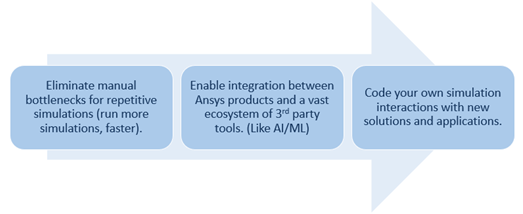
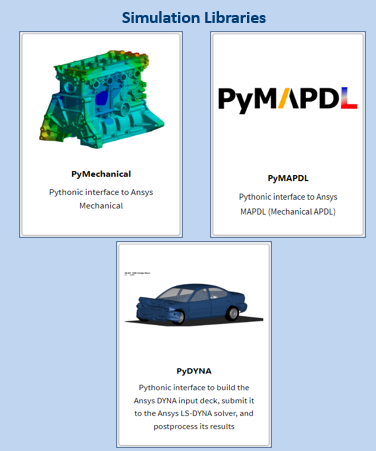
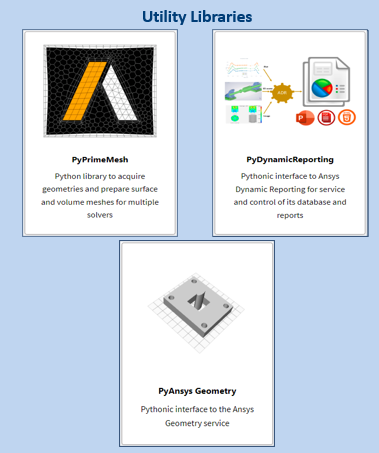
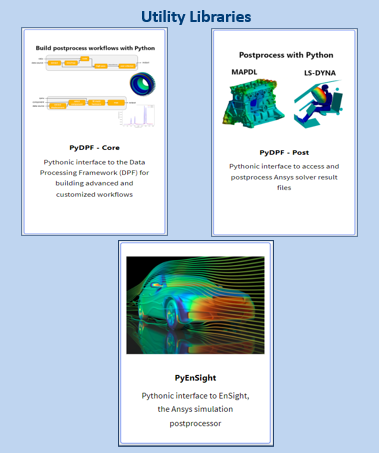

> Available PyAnsys Modules: 40+
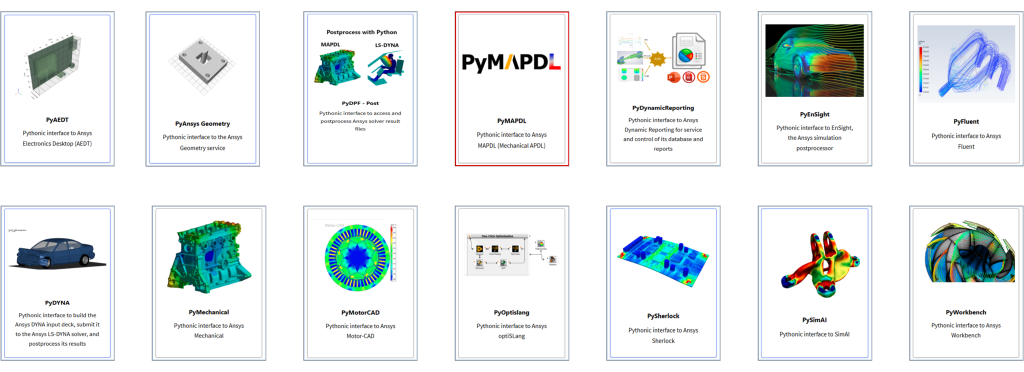
Note: All these Modules are available in the PyAnsys documentation at PyAnsys
PyAnsys is revolutionizing how engineers and researchers approach simulation-driven design. By combining Python’s flexibility with Ansys’s powerful solvers, PyAnsys opens a world of possibilities for automation, scalability, and customization in simulations. Whether you’re a seasoned engineer or a student eager to explore the world of simulations, PyAnsys provides the tools to push the boundaries of what’s possible.